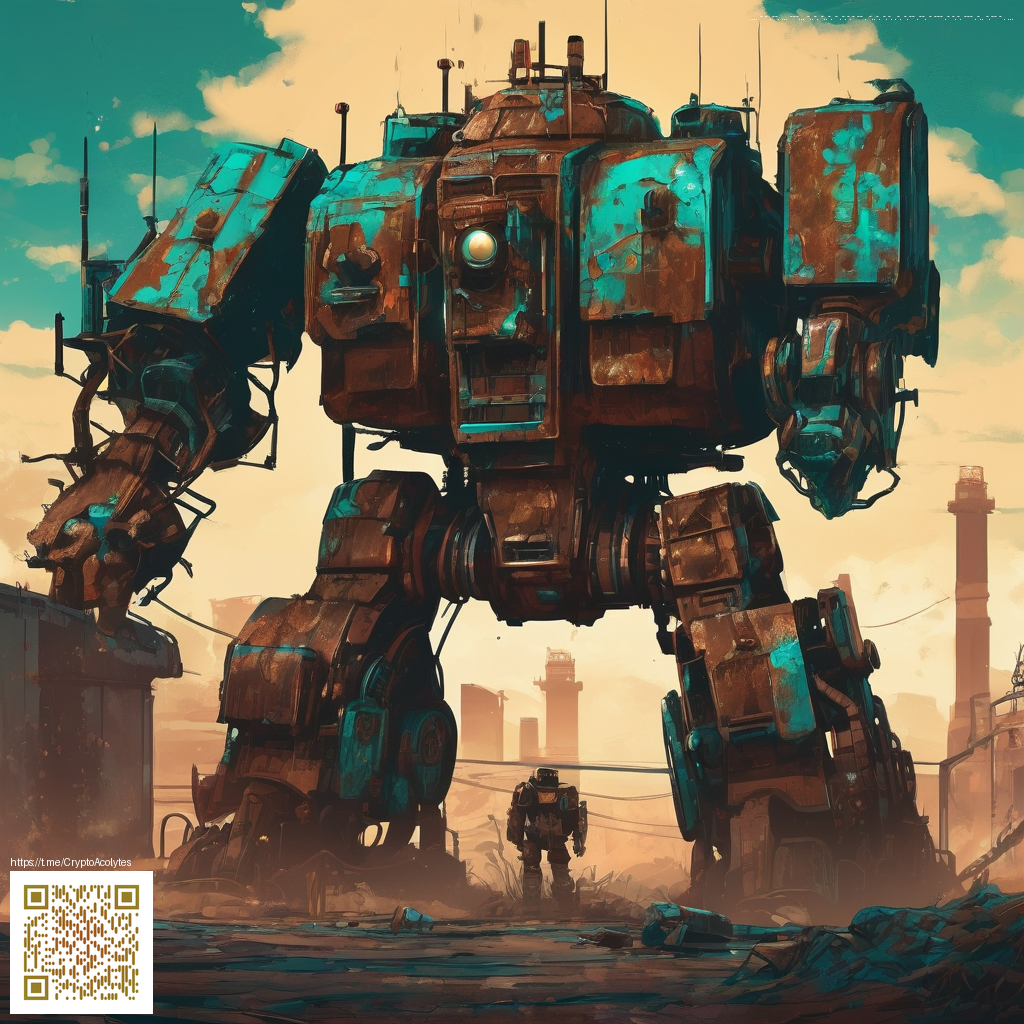
Animated GIF templates have moved beyond eye-catching loops on social feeds to become a core storytelling tool for brands. They fuse motion, brand psychology, and scalable design into assets that work across platforms—stories, ads, emails, and product pages. When done well, these templates feel cohesive, instantly recognizable, and effortless to adapt to new campaigns without starting from square one.
Why GIF templates matter for brand consistency
Consistency is the backbone of strong branding. Animated templates provide a controlled framework for motion that mirrors your visual language—color palettes, typography, and iconography—so every piece of content carries a recognizable signature. Rather than treating animation as an afterthought, a well-crafted template acts as a reusable toolkit. It streamlines production, reduces decision fatigue, and preserves brand voice at scale.
“Motion is memory in motion—once your audience recognizes a moving element as ‘yours,’ it becomes a mental shortcut for your brand.”
What to include in a high-performing GIF template
- Brand colors and typography: Keep a tight palette and legible type to maintain readability even in short loops.
- Loop behavior: Decide between seamless loops and deliberate start/stop moments that emphasize a message.
- Motion motifs: Use repeatable micro-interactions (shine, bounce, slide) that align with your product or service.
- Accessibility: Ensure contrasts stay strong and consider adding subtle captions or on-screen text that remains legible.
- Export specs: Provide a clear set of dimensions, frame rates, and file sizes to keep assets production-ready.
For teams building templates that can adapt to different campaigns, the goal is to design with modularity in mind. Each asset should feel like a piece of a larger story rather than a standalone moment. You can think of it as a brand language in motion—one that can be translated across products, packaging, and digital touchpoints.
Designing a template that scales across channels
Start with your audience touchpoints. Social stories favor vertical formats and short durations, while a hero banner on a website may allow for longer micro-animations. By planning for context from the outset, you create templates that require minimal tweaks for each channel. This approach reduces production time and keeps the brand voice consistent no matter where the viewer encounters it.
Consider how real-world items translate into your motion language. For instance, if your brand leans into premium packaging, you can design GIFs that mimic the unboxing or reveal of a product. A tangible example is Neon Slim Phone Case for iPhone 16 (glossy Lexan finish) in a product-focused campaign. This kind of product-inspired motion helps audiences connect the animation to the tangible experience of the brand. You can explore related templates and inspirations at the product page mentioned in industry showcases.
When you share a design blueprint with your team, include a calm, repeatable rhythm—a tempo that feels natural and not flashy. Overly busy animations can dilute the message, so aim for subtle movement, crisp transitions, and purposeful timing. The result is a template that feels premium, timeless, and ready to reuse across campaigns, stories, and product pages.
Practical steps to create your own animated GIF templates
- Audit your brand assets: collect logo variations, color swatches, typography, and existing motion guidelines.
- Define a few core motion motifs: a gentle fade-in, a micro-tilt, a soft glow, or a sliding reveal that can be combined in different ways.
- Sketch a modular layout: separate the background, logo, text, and call-to-action layers so they can be swapped without redesigns.
- Prototype with a short loop: test readability, pacing, and how the loop ends in social environments like stories or feeds.
- Export with channel-compatible specs: horizontal and vertical variants, optimized file sizes, and caption-ready text overlays.
To ensure authenticity, involve stakeholders early and test your templates against real-world scenarios. A thoughtful approach to feedback helps you refine timing, color balance, and typography so the final assets feel cohesive across campaigns. The end goal is not just “pretty animations” but a reliable framework that empowers marketing teams to produce consistent, on-brand content quickly.
A note on reference and inspiration
If you’re exploring how templates are showcased and discussed in design communities, a case study at this page offers practical context on curating visual assets and workflows that align with brand storytelling. It’s a reminder that templates live at the intersection of art and process.